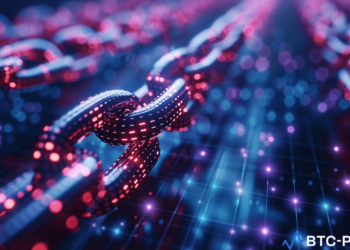Antonio Juliano, the founder of the decentralized crypto exchange dYdX, shared a strategy on Twitter on January 23rd that involved making bold choices, including being early adopters of L2 technology. He added that despite some risks, they believed that L2 was the best technology because it could handle more transactions and had lower latency. Now that L2 has gained popularity, they are about to take another bold step by abandoning it in favor of their blockchain.
The saying goes that fortune favours the brave!🔮
Watch @AntonioMJuliano as he reiterates how @dYdX implemented new technologies before they became mainstream:
→ V3 using L2 solutions powered by @StarkWareLtd;
→ upcoming V4 featuring its own sovereign @cosmos chain. pic.twitter.com/zxjnbWw3cZ— Epicenter Podcast (@epicenterbtc) January 23, 2023
dYdX is building order books on their v4 instead of automated market makers (AMMs) because their target users, such as institutional and prosumer traders, demand deep liquidity and more advanced trading features like limit orders, stop orders, and market orders, which can only be provided by an order book. While there is a possibility of building AMMs in the future, an order book is a better fit for their target audience at the moment.
Besides the order book, dYdX is building its blockchain to have sovereignty over the entire chain and the ability to do whatever they want with it, like having validators do different jobs and aligning their incentives with the protocol. On their blockchain, all validators will be dYdX validators, which can help with miner extractable value (MEV).
dYdX plans to replicate its current system in a fully decentralized way. On its version 3, there are about a thousand order placements and cancellations, which is low compared to other exchanges like Binance. However, they are currently satisfied with this number of operations per second.
Antonio discussed the challenges of decentralizing order books and noted that while it might not be as decentralized as the validators on Ethereum, it can be more decentralized than the censorship resistance perspective. He added that they can get to a good level of decentralization to start and grow over time as the protocol increases in volume.
Antonio mentioned that they are integrating with IBC in a significant way by promoting native USDC on Cosmos. Users can transfer USDC from Ethereum to the dYdX chain without worrying about bridge hacks, which can be done using Axelar. It is a powerful technology that demonstrates the concept of composability.
dYdX’s migration from the V3 to the V4 is a systemic process that guarantees more security and composability on the chain. It is safe to say they are thinking ahead of time, just like in the past, and its users would love to see its development.










